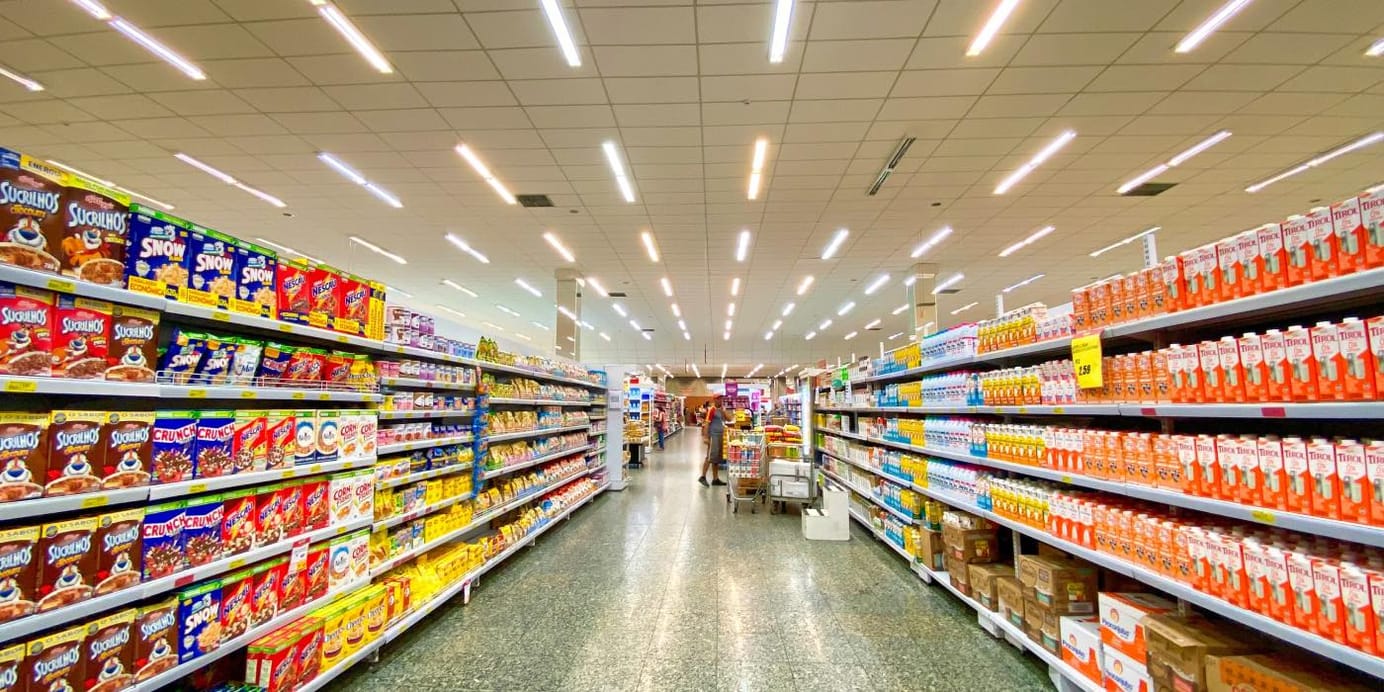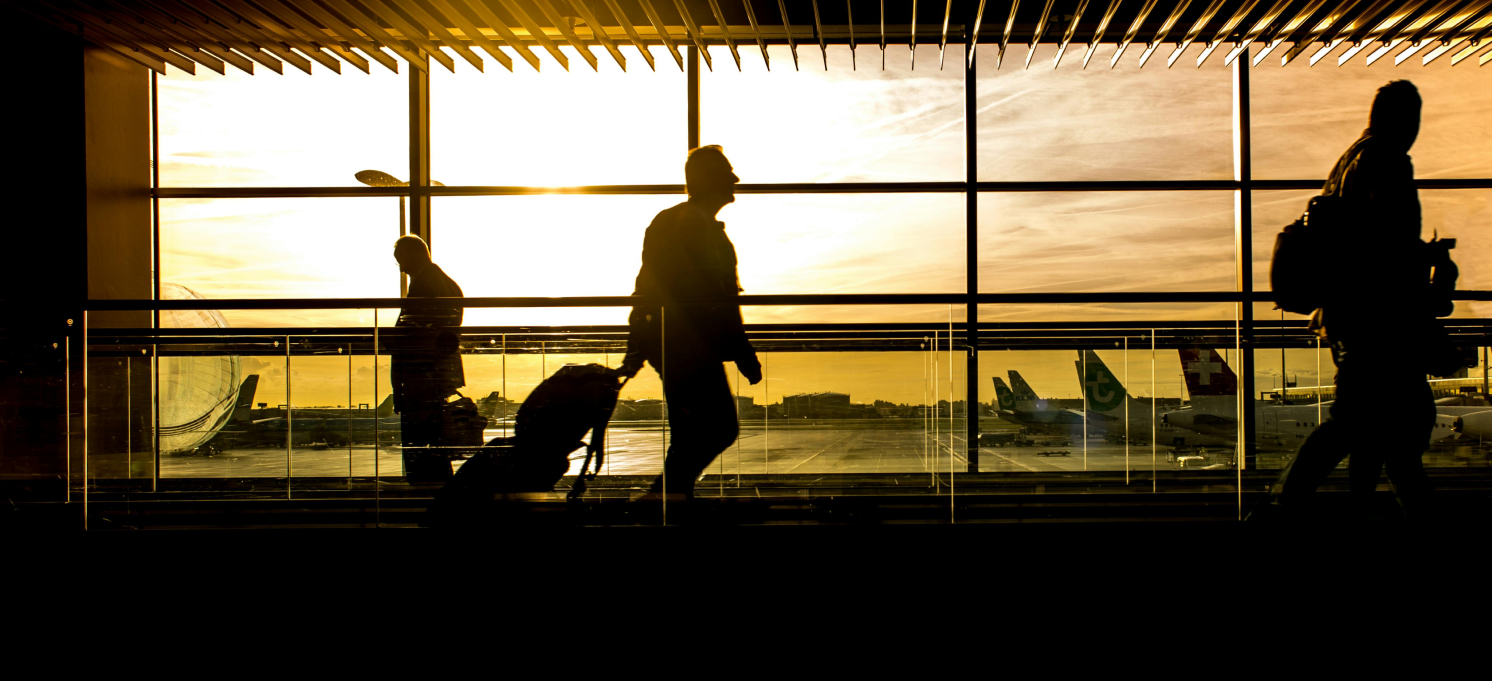
Russia’s wartime wealth redistribution
Hello! Welcome to your weekly guide to the Russian economy — written by Alexander Kolyandr and Alexandra Prokopenko and brought to you by The Bell. This week our top story is about Russia’s ongoing redistribution of wealth – the biggest since the 1990s. We also look at the ballooning budget deficit.
Nationalizations in Russia begin to hit smaller firms
Since the full-scale invasion of Ukraine, there have been a wave of high-profile nationalizations in Russia, mainly affecting big business people and powerful officials. Now, however, there are more and more cases of the state seizing relatively minor assets from low-level tycoons, and even those without any significant personal wealth.
- Significant incidents involving the state seizure of assets from wealthy Russians amid the war in Ukraine include auto trader Rolf (owned by former opposition parliamentary deputy Sergei Petrov) and chemical company Metafrax. In January, Russian prosecutors even ordered 13 plots of land along Moscow region’s prestigious Rublyovskoye Shosse be seized by the state (Rublyovka has long been regarded as Russia’s Millionaire’s Row).
- In a significant legal dispute over the nationalization of a magnesium factory in the central Russian city of Solikamsk, prosecutors Wednesday stated that they do not believe the apparently legal acquisition by minority shareholders of a stake in the plant on the Moscow Exchange was made in good conscience. This is a major case, which appears to be setting a precedent for further seizures.
- The most recent target for nationalization is Russia’s biggest pasta company: Makfa. At the end of last month, it emerged that prosecutors had filed a lawsuit for the state to seize Makfa, and dozens of related companies. They estimated the combined value of the companies at about $500 million.
- The lawsuit names businessmen Mikhail Yurevich and Vadim Belousov as Makfa’s beneficiaries. In the 1990s, the two men privatized pasta and flour plants in the Ural mountains Chelyabinsk Region. Like many other such business people, Makfa's owners went on to enter politics. Yurevich became mayor of Chelyabinsk, a city of 1.2 million people, then governor of the region. Belousov was a parliamentary deputy from 2011 to 2023. The justification for nationalizing Makfa is that, after the two were elected to government roles, they continued to do business. But this seems a very thin excuse – hundreds of other Russian entrepreneurs followed a similar path.
- Nationalizations have even begun to affect ordinary homeowners. Russian-installed officials in the occupied Ukrainian region of Zaporizhzhia this week announced their intention to pass a law to nationalize “abandoned” Ukrainian houses. While details are unclear, it seems that anyone who leaves the area could potentially lose their property. The authorities are promising to transfer nationalized housing to doctors, teachers and construction workers.
Why the world should care
Russia appears to be undergoing its greatest redistribution of wealth in three decades. The idea of 1990s privatization was to create a new capitalist class that would help prevent a return to Communism. Now, asset transfers appear designed to boost loyalty to the Kremlin.
Russia’s ballooning budget deficit
Russia’s budget deficit has almost reached its planned annual limit (1.6 trillion rubles) in the first two months of this year, according to Finance Ministry figures. At the end of February the deficit stood at 1.5 trillion rubles. At the same time, spending in January and February hit 6.5 trillion rubles – up 17.2% on the same period a year ago.
- How significant is this? Last year’s deficit came to 3 trillion rubles ($32 billion), and economists expect Russia to surpass that this year. However, Russia’s budget deficit isn’t big by global standards. In 2023, the deficit amounted to 1.9% of GDP, in 2022 it was 2.1%. That’s lower than the European maximum, established in 1992 with the creation of the European Union. Russia also has low levels of debt.
- Amid the war in Ukraine, the main source of funds to plug the deficit has been Russia’s rainy day fund, the National Welfare Fund (NWF). The cost of supporting Russia’s economy has almost halved the fund’s liquid assets from 8.9 trillion rubles before the invasion of Ukraine to 5 trillion rubles at the beginning of this month.
- Such a drop, however, is not critical, according to economist Dmitry Polevoy. The remaining liquid part of the NWF amounts to about 3.3% of GDP, which is better than the 2019 minimum of 2.1 trillion rubles (1.5% of GDP).
- The NWF is usually topped up with windfall oil revenues. But this year its liquid assets are likely to dwindle further.
- Finance Minister Anton Siluanov said late in 2023 that liquid NWF funds could be exhausted this year if oil prices plunge. The average price for Russian oil would have to fall to $48 a barrel for this to happen (if spending remained as planned), an economist at one of Russia’s leading investment banks calculated for The Bell.
Why the world should care
The extent of Russia’s budget deficit does not tell you very much about the country’s financial stability – it’s more important to look at where the money is coming from to pay for it. The fact is that, as long as oil prices remain relatively high, Russia will have plenty of cash to continue running deficits of this size.
Figures of the week
- Year-on-year growth in industrial output in February was 8.5% and GDP growth hit 7.7%, according to the State Statistics Service. This sharp acceleration (in January, GDP growth was 4.6%) is partly explained by the additional working day of the leap year. Fundamentally, though, growth is being driven by military spending, which feeds the manufacturing sector and causes abnormal consumer activity.
- Unemployment in Russia reached a historic low of 2.8% in February. The Hard Figures Telegram channel pointed out that Russia’s Beveridge curve suggests the economy is seriously overheated.
- The Federal Tax Service released details this week of 539,000 foreign bank accounts held by Russian citizens. The last time comparable figures were released, in 2021, the official numbers of the number of accounts was significantly lower – with the rise likely explained by the emigration of anti-war Russians. The real number of accounts is likely to be far higher – the tax service only knows about foreign accounts thanks to voluntary declarations and automatic exchanges of tax information with other countries. However, after the invasion of Ukraine, EU countries stopped sharing tax information with Russia. And many Russians are unlikely to voluntarily inform the authorities about other bank accounts in their name.




